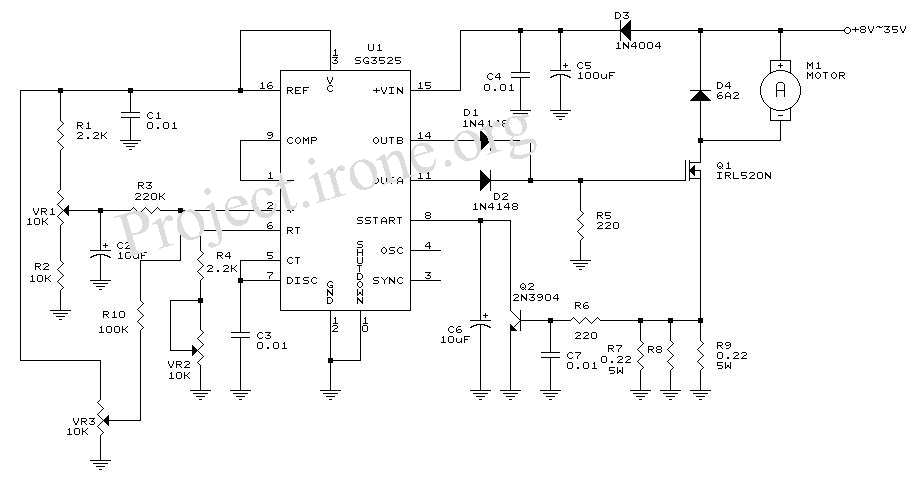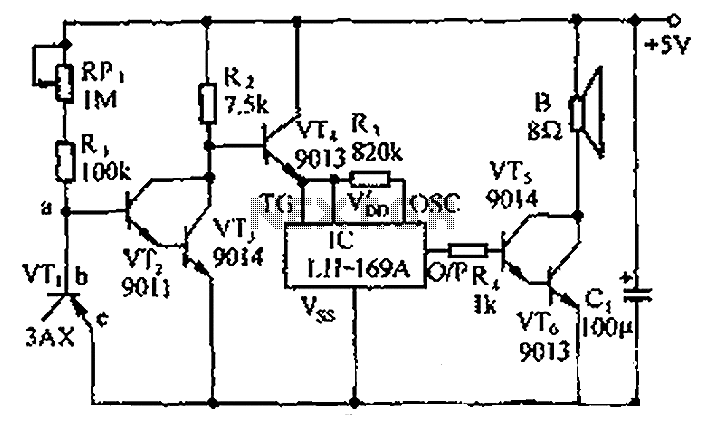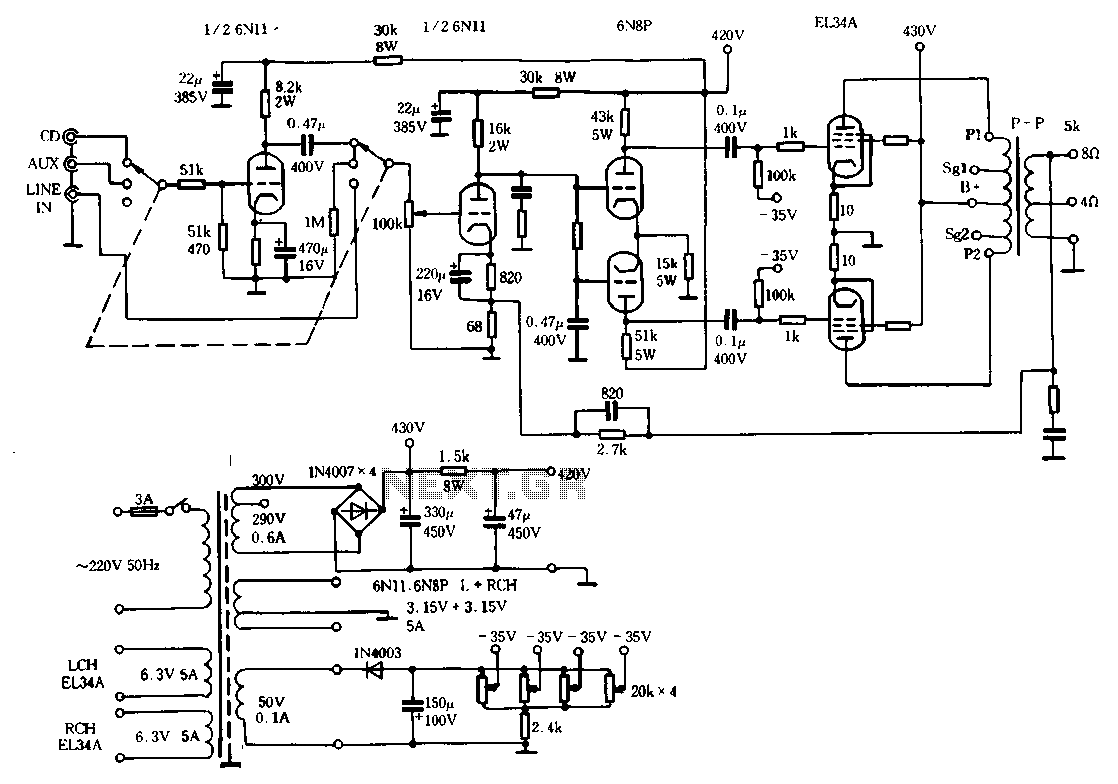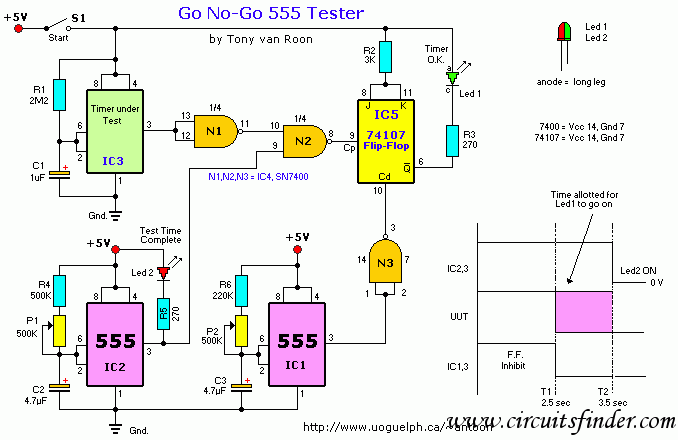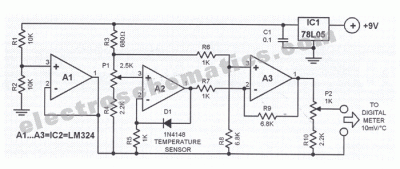
2-Line Intercom-Cum-Telephone Line Changeover Circuit
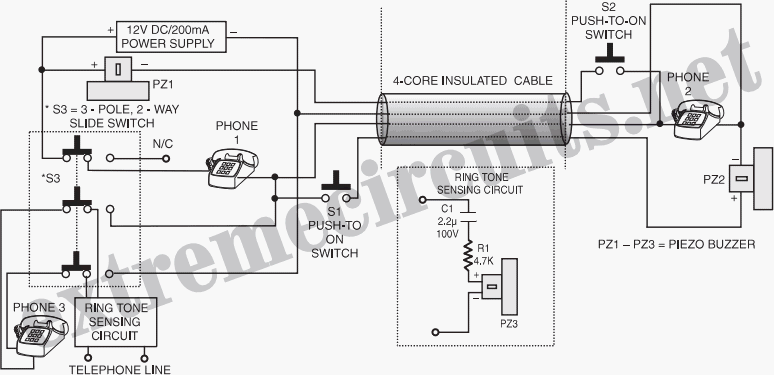
The circuit described can connect two telephones in parallel and function as a two-line intercom. Typically, a single telephone is connected to a telephone line. When another telephone is needed at a distance, a parallel line is utilized for connection. This simple parallel line setup often results in a loss of privacy and interference from the other phone. However, the presented circuit resolves these issues. Under normal conditions, two telephones (referred to as telephone 1 and telephone 2) can operate as an intercom while telephone 3 is connected to the exchange lines. In changeover mode, the exchange line is disconnected from telephone 3 and connected to telephone 2. To initiate intercom operation, the user lifts the handset of phone 1 and presses switch S1, which activates buzzer PZ2. Concurrently, a side tone is heard in the speaker of phone 1's handset. The user at phone 2 can then lift their handset to start a conversation. A similar process is followed to initiate a call from phone 2 using switch S2. In this operational mode, a 3-pole, 2-way slide switch (S3) is employed as illustrated in the accompanying figure. In changeover mode, switch S3 allows the telephone line to be redirected for use by telephone 2. The switch typically remains in intercom mode, connecting telephone 3 to the exchange line. Prior to switching the exchange line to telephone 2, the user at telephone 1 may inform the user at telephone 2 (in intercom mode) of the impending changeover. When switch S3 is toggled to the alternate position, the 12V supply is interrupted, resulting in telephones 1 and 3 losing power and the ability to ring through the ring-tone-sensing unit. Once switch S3 is engaged for telephone 2's use of the exchange line, and if it is not returned to the original position after the call, subsequent calls through the exchange lines will be directed to telephone 2, while the ringtone-sensing circuit remains operational. This allows the user at phone 3 to be aware that a call has been received. If the handset of telephone 3 is lifted, it will be non-functional. To reactivate telephone 3, switch S3 must be returned to its default position.
The circuit operates by utilizing a combination of switches and a buzzer to facilitate communication between the telephones while maintaining functionality with the exchange line. The use of a 3-pole, 2-way slide switch (S3) is critical as it allows for seamless operation between intercom and changeover modes. In intercom mode, the connection between telephone 1 and telephone 2 enables direct communication without interference from the exchange line, ensuring privacy during conversations. The activation of the buzzer (PZ2) serves as an auditory signal that alerts the second user to an incoming communication request.
The circuit design incorporates a voltage supply of 12V, which powers the telephones and the buzzer. The interruption of this voltage supply when switch S3 is toggled ensures that only the designated telephone (telephone 2) is active during a call on the exchange line, preventing any unwanted interruptions or ringing in the other telephones. This feature is essential for maintaining the integrity of the communication system.
Furthermore, the circuit's architecture allows for easy transition between modes, making it user-friendly. The requirement of informing the other party before switching modes adds a layer of communication etiquette, ensuring that both parties are aware of the changes being made. This thoughtful design consideration enhances the overall user experience.
In conclusion, this circuit effectively provides a solution for connecting multiple telephones while minimizing interference and maintaining privacy, making it suitable for both residential and small office environments where multiple lines of communication are necessary.The circuit presented here can be used for connecting two telephones in parallel and also as a 2-line intercom. Usually a single telephone is connected to a telephone line. If another telephone is required at some distance, a parallel line is taken for connecting the other telephone.
In this simple parallel line operation, the main problem is loss of privacy besides interference from the other phone. This problem is obviated in the circuit presented here. Under normal condition, two telephones (telephone 1 and 2) can be used as intercom while telephone 3 is connected to the lines from exchange. In changeover mode, exchange line is disconnected from telephone 3 and gets connected to telephone 2.
For operation in intercom mode, one has to just lift the handset of phone 1 and then press switch S1. As a result, buzzer PZ2 sounds. Simultaneously, the side tone is heard in the speaker of handset of phone 1. The person at phone 2 could then lift the handset and start conversation. Similar procedure is to be followed for initiation of the conversation from phone 2 using switch S2. In this mode of operation, a 3-pole, 2-way slide-switch S3 is to be used as shown in the figure. In the changeover mode of operation, switch S3 is used to changeover the telephone line for use by telephone 2.
The switch is normally in the intercom mode and telephone 3 is connected to the exchange line. Before changing over the exchange line to telephone 2, the person at telephone 1 may inform the person at telephone 2 (in the intercom mode) that he is going to changeover the line for use by him (the person at telephone 2). As soon as changeover switch S3 is flipped to the other position, 12V supply is cut off and telephones 1 and 3 do not get any voltage or ring via the ring-tone-sensing unit.
Once switch S3 is flipped over for use of exchange line by the person at telephone 2, and the same (switch S3) is not flipped back to normal position after a telephone call is over, the next telephone call via exchange lines will go to telephone 2 only and the ringtone-sensing circuit will still work. This enables the person at phone 3 to know that a call has gone through. If the handset of telephone 3 is lifted, it is found to be dead. To make telephone 3 again active, switch S3 should be changed over to its normal position. 🔗 External reference
The circuit operates by utilizing a combination of switches and a buzzer to facilitate communication between the telephones while maintaining functionality with the exchange line. The use of a 3-pole, 2-way slide switch (S3) is critical as it allows for seamless operation between intercom and changeover modes. In intercom mode, the connection between telephone 1 and telephone 2 enables direct communication without interference from the exchange line, ensuring privacy during conversations. The activation of the buzzer (PZ2) serves as an auditory signal that alerts the second user to an incoming communication request.
The circuit design incorporates a voltage supply of 12V, which powers the telephones and the buzzer. The interruption of this voltage supply when switch S3 is toggled ensures that only the designated telephone (telephone 2) is active during a call on the exchange line, preventing any unwanted interruptions or ringing in the other telephones. This feature is essential for maintaining the integrity of the communication system.
Furthermore, the circuit's architecture allows for easy transition between modes, making it user-friendly. The requirement of informing the other party before switching modes adds a layer of communication etiquette, ensuring that both parties are aware of the changes being made. This thoughtful design consideration enhances the overall user experience.
In conclusion, this circuit effectively provides a solution for connecting multiple telephones while minimizing interference and maintaining privacy, making it suitable for both residential and small office environments where multiple lines of communication are necessary.The circuit presented here can be used for connecting two telephones in parallel and also as a 2-line intercom. Usually a single telephone is connected to a telephone line. If another telephone is required at some distance, a parallel line is taken for connecting the other telephone.
In this simple parallel line operation, the main problem is loss of privacy besides interference from the other phone. This problem is obviated in the circuit presented here. Under normal condition, two telephones (telephone 1 and 2) can be used as intercom while telephone 3 is connected to the lines from exchange. In changeover mode, exchange line is disconnected from telephone 3 and gets connected to telephone 2.
For operation in intercom mode, one has to just lift the handset of phone 1 and then press switch S1. As a result, buzzer PZ2 sounds. Simultaneously, the side tone is heard in the speaker of handset of phone 1. The person at phone 2 could then lift the handset and start conversation. Similar procedure is to be followed for initiation of the conversation from phone 2 using switch S2. In this mode of operation, a 3-pole, 2-way slide-switch S3 is to be used as shown in the figure. In the changeover mode of operation, switch S3 is used to changeover the telephone line for use by telephone 2.
The switch is normally in the intercom mode and telephone 3 is connected to the exchange line. Before changing over the exchange line to telephone 2, the person at telephone 1 may inform the person at telephone 2 (in the intercom mode) that he is going to changeover the line for use by him (the person at telephone 2). As soon as changeover switch S3 is flipped to the other position, 12V supply is cut off and telephones 1 and 3 do not get any voltage or ring via the ring-tone-sensing unit.
Once switch S3 is flipped over for use of exchange line by the person at telephone 2, and the same (switch S3) is not flipped back to normal position after a telephone call is over, the next telephone call via exchange lines will go to telephone 2 only and the ringtone-sensing circuit will still work. This enables the person at phone 3 to know that a call has gone through. If the handset of telephone 3 is lifted, it is found to be dead. To make telephone 3 again active, switch S3 should be changed over to its normal position. 🔗 External reference

